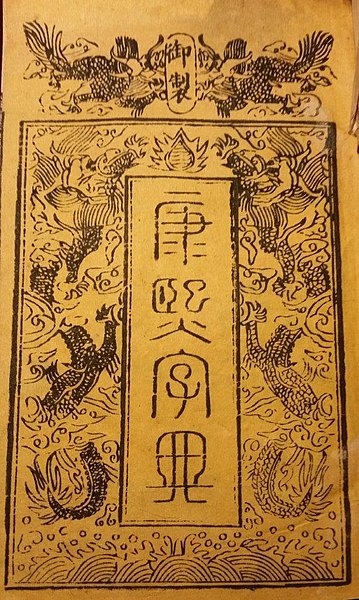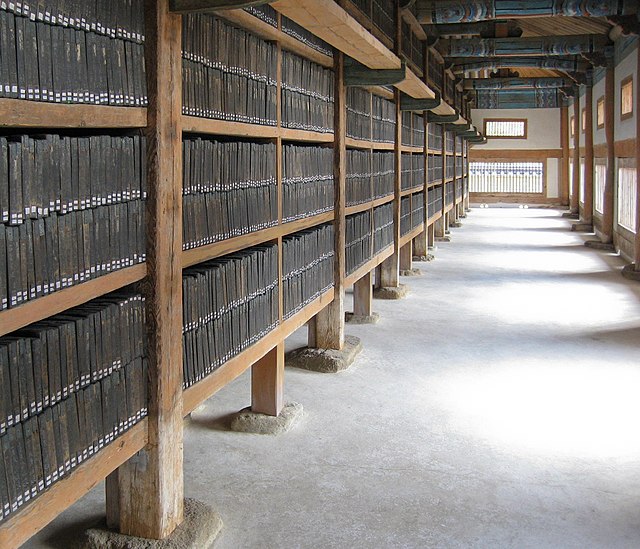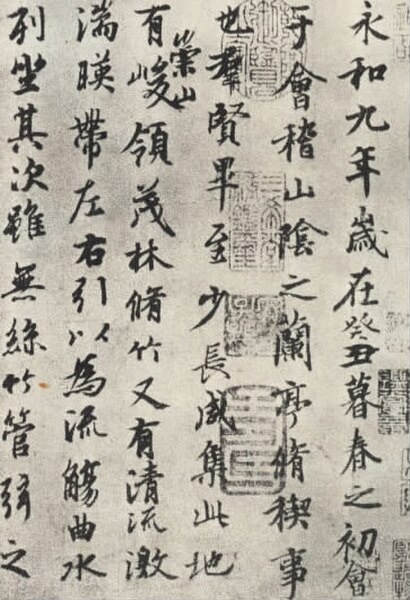The Kangxi Dictionary is a Chinese dictionary published in 1716 during the High Qing, considered from the time of its publishing until the early 20th century to be the most authoritative reference for written Chinese characters. Wanting an improvement upon earlier dictionaries, as well as to show his concern for Confucian culture and to foster standardization of the Chinese writing system, its compilation was ordered by the Kangxi Emperor in 1710, from whom the compendium gets its name. The dictionary was the largest of its kind, containing 47,043 character entries. Around 40% of them were graphical variants, while others were dead, archaic, or found only once in the Classical Chinese corpus. In today's vernacular written Chinese, fewer than a quarter of the dictionary's characters are commonly used.
Kangxi Dictionary, 3rd ed. (1827)
An 1827 version of the Kangxi Dictionary
Chinese is a group of languages spoken natively by the ethnic Han Chinese majority and many minority ethnic groups in China. Approximately 1.35 billion people, or 17% of the global population, speak a variety of Chinese as their first language.
The Tripitaka Koreana, a Korean collection of the Chinese Buddhist canon
"Preface to the Poems Composed at the Orchid Pavilion" by Wang Xizhi, written in semi-cursive style




